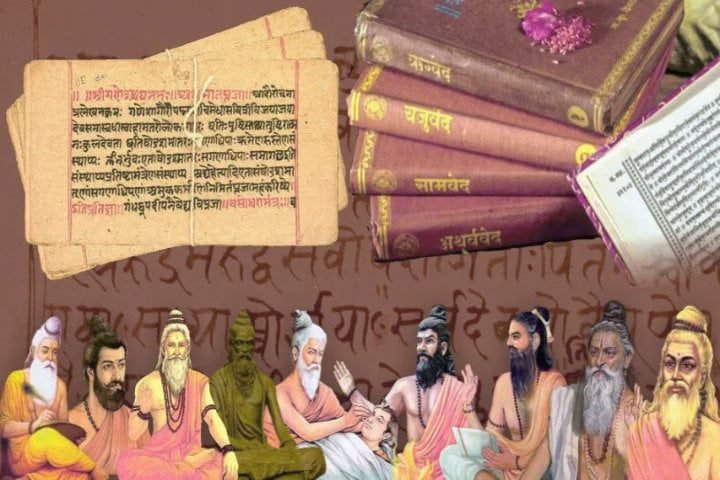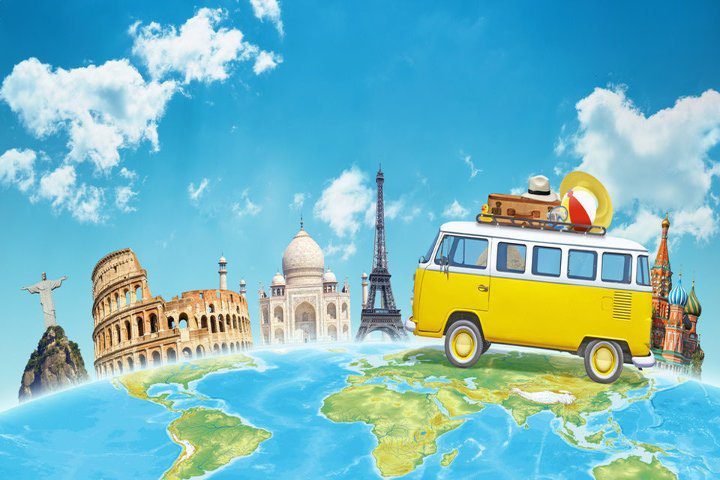Introduction
Language is a medium through which we express our thoughts.
Literature is the set of ideas and philosophies that govern our society. The various forms of literature are poetry, drama, religious and non-religious writings.
To know any particular culture, its tradition, and its civilization, we must understand the evolution of its language and the various forms of literature.
Indian Languages: The role of Sanskrit
Sanskrit is the mother of many Indian languages. The Vedas, Upanishads, Puranas, and Dharmasutras are all written in Sanskrit. Sanskrit is the most ancient language of India, used in the Rig Veda, the oldest literary heritage of mankind. It is one of the twenty-two languages listed in the Indian Constitution.
Ancient Indian Literature
It can be placed in two categories:
- Religious Indian Literature
- Non-religious Indian Literature
Religious literature has the Four Vedas
- Rig Veda: It contains 1028 hymns known as Sukta
- Sam Veda: hymns sung by a special class of priests at the time of some sacrifice.
- Yajur Veda: hymns that are recited at the time of ordinary sacrifice
- Atharva Veda: songs, spells, magical charms for the evil spirits, etc.
The Brahmanas are attached to the Vedas. They explain in detail the value and efficacy of sacrifices.
Aranyakas (अराण्यक) are the concluding portions of the Brahmanas.
Upanishads are meant to be learned while sitting near the guru.
Epics like the Ramayana and the Mahabharata
Buddhist literature and Jain literature
Vedas and Upnishad

The Vedas are the earliest known literature in India, written in Sanskrit. The word ‘Veda’ literally means knowledge. There are four Vedas: the Rig Veda, the Yajur Veda, the Sama Veda, and the Atharva Veda. In Hindu culture, the Vedas are considered as eternal and divine revelations. They treat the whole world as one human family, i.e. Vasudev Kutumbakam.
It is tough to determine the Vedas’ age and the time they were written. According to Max Muller, the Rig Veda was composed before 1000 B.C. While according to Lokmanya Tilak, it appeared before 6000 B.C.
The word Upanishad is derived from upa (nearby) and nishad (to sit down), that is, “sitting down near”. Groups of pupils sit near the Guru to learn from him in the Guru-shishya parampara or tradition.
There are more than 200 known Upanishads. The Upanishads form an important part of the Indian literary legacy. They deal with questions like the origin of the universe, life and death, the material and spiritual world, and the nature of knowledge, among others.
The Epics: Ramayana and Mahabharata
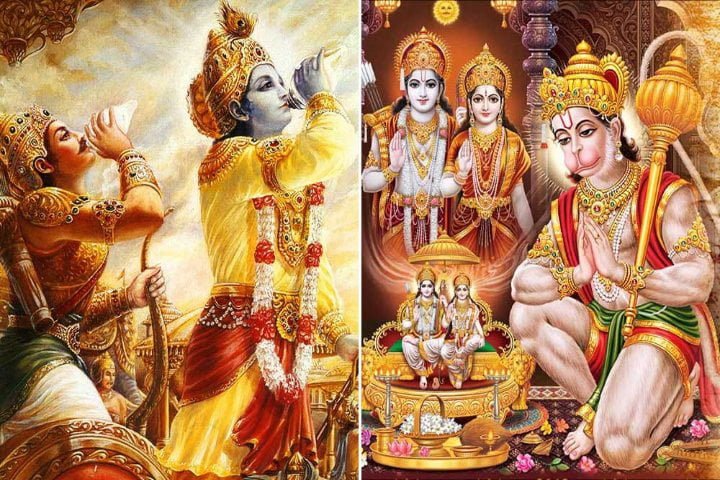
The two great epics of India are the Ramayana and the Mahabharata.
Valmiki originally wrote the Ramayana. It is called Adikavya, and Maharishi Valmiki is known as Adi Kavi. The Ramayana presents a picture of an ideal society.
The other epic, the Mahabharata, was written by Ved Vyas. It is the story of the conflict between the Kauravas and the Pandavas.
The Mahabharata contains the famous Bhagavad Gita, which contains the essence of divine wisdom.
Puranas
After the Vedas and the Epics, the Puranas are the subsequent crucial sacred Indian literature of the Hindus. Puranas are mythological works that propagate religious and spiritual messages. They contain myths, stories, legends, and sermons to educate ordinary people.
There are eighteen Puranas and about the same number of Upapuranas. Some of the well-known Puranas are Brahma, Bhagvat, Padma, Vishnu, Vayu, Agni, Matsya, and Garuda.
Their origin can be traced to the time when Buddhism was gaining importance and was a major opponent of the Brahmanic culture.
Buddhist and Jain Literature

Jatakas are the stories of the previous births of the Buddha. Each birth story is called a Jataka. It was believed that before Buddha was finally born as Gautama, he practiced Dharma and passed through more than 550 births, in many cases even in the form of animals.
The Jatakas shed invaluable light on the social and economic conditions ranging from the sixth century BC to the second century BC. They also make incidental references to political events in the age of the Buddha.
The religious books of the Jains and the Buddhists refer to historical persons or incidents. The earliest Buddhist works were written in the Pali language, which was spoken in Magadha and South Bihar.
The Jain texts were written in Prakrit and refer repeatedly to trade and traders.
The Gupta Period
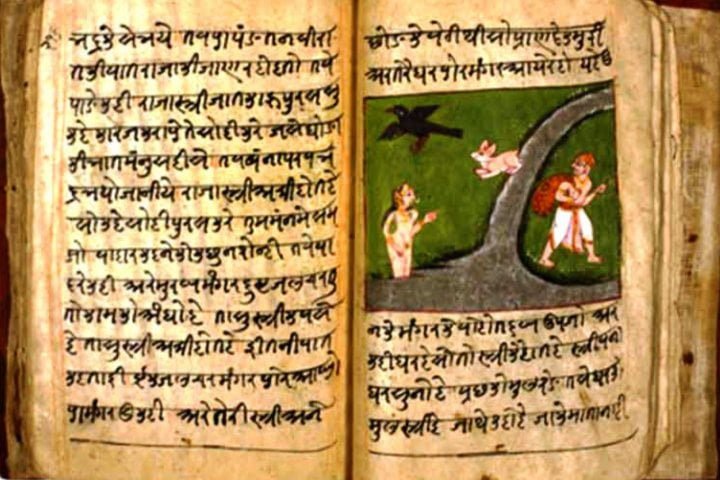
The Gupta period was India’s golden age of culture. The most famous creation of that period was Kautilya’s Arthashastra, which provides insights for studying ancient Indian politics and economies. It reflects the state of society and the economy at that time.
Another famous poet of the Gupta period was Kalidasa, who wrote many beautiful poems and plays in Sanskrit like, ‘Abhijanam Shakuntalam’ and ‘Meghdoot’.
In the post-medieval period, Kalhan wrote Rajatarangini, which gives a detailed account of the kings of Kashmir, whereas Jonaraja shared the glory of Prithviraj.
Ancient Indian Literature
India also has a large body of books dealing with various sciences, law, medicine, and grammar. The law books are called the Dharmasutras and Smritis, together known as Dharmashastras, compiled between 500 and 200 BC.
Dharmashastras lay down duties for different varnas as well as for the kings and their officials. They prescribed the rules according to which property had to be held, sold, and inherited. They also prescribe punishments for persons guilty of assault, murder, and adultery.
The Manusmriti tells us about the role of men and women in society, their code of conduct, and their relationship with each other.
North Indian Language and Literature
The languages in North India evolved at two levels:
- The spoken
- The written language
The studies have indicated that all the scripts of present-day northern Indian languages, except that of Urdu, originate in Brahmi script. The old Brahmi script of the Ashoka days had undergone a great change, which can be understood by comparing the scripts of Gujarati, Hindi, and Punjabi.
As for the spoken word, a large number of people speak Hindi in its different forms, which include Braj Bhasha (language used by Surdas and Bihari), Avadhi (spoken in the Oudh region, used by Tulsidas in the Ramacharitamanasa), Bhojpuri, Magadhi, Maithili (spoken around Mithila, used by Vidyapati), Rajasthani, and Khadi Boli (spoken around Delhi).
Hindi Literature
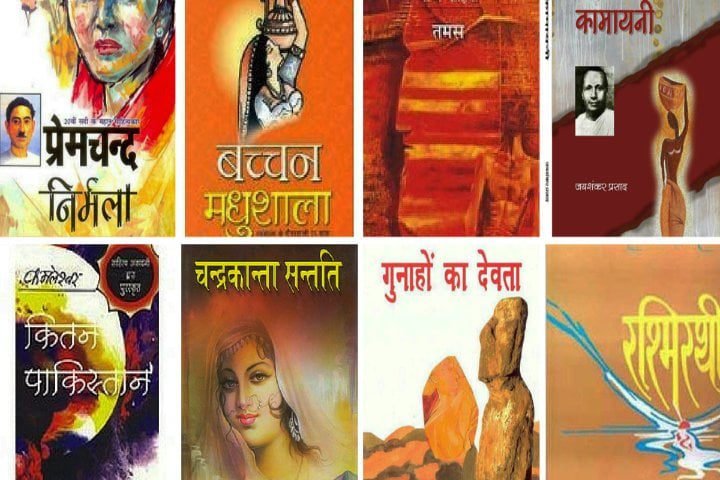
Hindi literature looked to Sanskrit classics for guidance, and Hindi writers kept Bharata’s Natyashastra in mind. Prithviraj Raso is supposed to be the first book in the Hindi language.
Hindi evolved during the Apabhramsa stage between the 7th and 8th centuries A.D. and the 14th C. The Rajput rulers patronized it. The most famous figures from this period were Kabir, Tulsidas, Surdas, Rahim, Mirabai, and Bihari.
Bharatendu Harishchandra was one of the earliest writers who translated Sanskrit dramas into Hindi. Mahavir Prasad Dwivedi adopted a similar trend.
Bankim Chandra Chatterji (1838–94) wrote novels originally in Bangla. They were then translated into Hindi and became very popular. Vande Mataram, our national song, is an excerpt from his novel, Anand Math.
The other important writers in Hindi literature were Swami Dayanand Saraswati, Munshi Prem Chand, Surya Kant Tripathi, ‘Nirala’, Mahadevi Verma, Maithili Sharan Gupt, Sumitranandan Pant, Ramdhari Singh ‘Dinkar’, Haribans Rai ‘Bachchan’, and Jaishankar Prasad.
Most of the writers in Hindi literature wrote with a purpose. Swami Dayanand wrote to reform Hindu society and rid it of false beliefs and social evils. Munshi Prem Chand tried to draw society’s attention to the miserable existence of the poor, and Mahadevi Verma highlighted the conditions of women in society. ‘Nirala’ became the pioneer of the awakening of modern India.
Urdu Literature
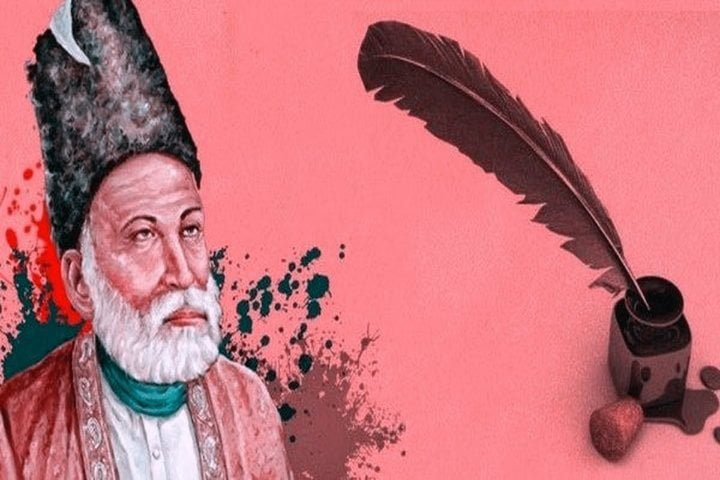
Urdu emerged as an independent language in India towards the end of the 4th century AD. Arabic was introduced in India with the coming of the Turks and Persians with the Mongols. Persian remained the court language for many centuries. Urdu was born from the interaction between Hindi and Persian and uses the Persian script.
A large number of poets and writers practised Urdu. The earliest Urdu poet is supposed to be Amir Khusrau. He started writing as a poet during the reign of Sultan Balban and was a follower of Nizam-ud-din Auliya. Among the important works composed by him are Laila Majnun and Ayina-I-Sikandari, dedicated to Alau-din-Khilji.
Among other well-known poets are Ghalib, Zauq, and Iqbal. Iqbal wrote the “Sarejahan se achcha Hindostan hamara” song. The Nawabs of Lucknow patronized Urdu; slowly, it became pretty popular. Pakistan has adopted Urdu as the state language.
South Indian Language and Literature
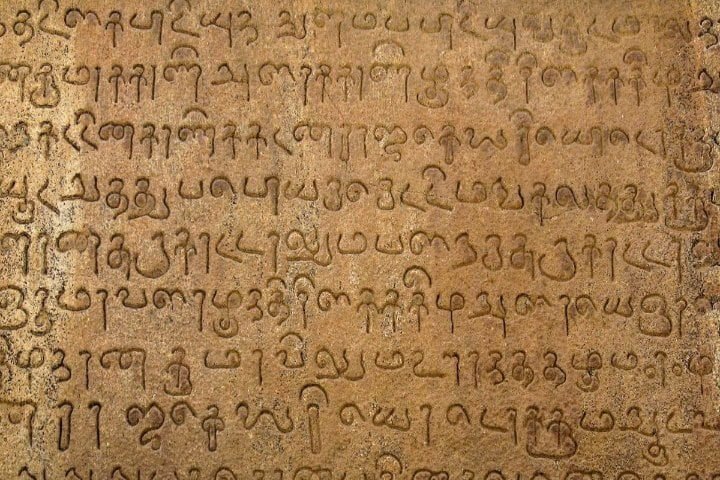
The four Dravidian languages—Tamil, Telugu, Kannada, and Malayalam—developed their own literature. Tamil, being the oldest of these languages, began writing earlier and produced the Sangam literature, the oldest literature in Tamil.
The Vijayanagara period was the golden age of Telugu literature.
Tenali Ramakrishna, the court jester, was a fascinating figure of the Krishnadevaraya’s court. His practical jokes on high-placed men of the time are recounted with pleasure even today.
Apart from Telugu, Vijayanagara rulers extended their patronage to Kannada and Sanskrit writers as well, and Kannada literature flourished considerably between the fourteenth and sixteenth centuries.
Malayalam developed much later compared to other South Indian languages, though it has made a mark as a powerful medium of expression. The language of Malayalam emerged around the eleventh century AD. By the fifteenth century, Malayalam was recognized as an independent language.
Those interested may read a more recent publication, Tamil: A Biography, by David Shulman, an Indologist from the Hebrew University in Jerusalem. It is a journey through the Dravidian Renaissance and the rediscovery of the classics in the language, as mentioned by Scroll.in.
India’s rich literature, woven across millennia, shows how communication evolved. Literature in India has shared ideas, ideologies, and cultural values since the early Sanskrit scriptures, which established linguistic expression, to the epics like Ramayana and Mahabharata, which told eternal moral stories.
Cultural communication is evident in the various languages and genres used in religious scriptures and regional works. Indian literature illuminates the past and shows how language has connected generations, shaped empires, and deepened human understanding.
Indian literature has become a timeless conversation that enriches minds and connects hearts beyond its written form.

